REVISION NOTES
2.3.1 Identify the chemical elements present in carbohydrates, proteins and lipids (fats and oils)
Chemical elements in biological molecules:
2.3.2 Describe the structure of carbohydrates, proteins and lipids as large molecules made up from smaller basic units: starch and glycogen from simple sugars, protein from amino acids, and lipid from fatty acids and glycerol
Structure of Carbohydrates:
Structure of Fats:
Oils are liquids at room temperature
Structure of Proteins:

2.3.3 Practical: investigate food samples for the presence of glucose, starch, protein and fat
All food samples should be prepared before conducting any food tests
Glucose test:
Results:
Starch test:
Results:
Protein test:
Results:
Lipid test:
Results:
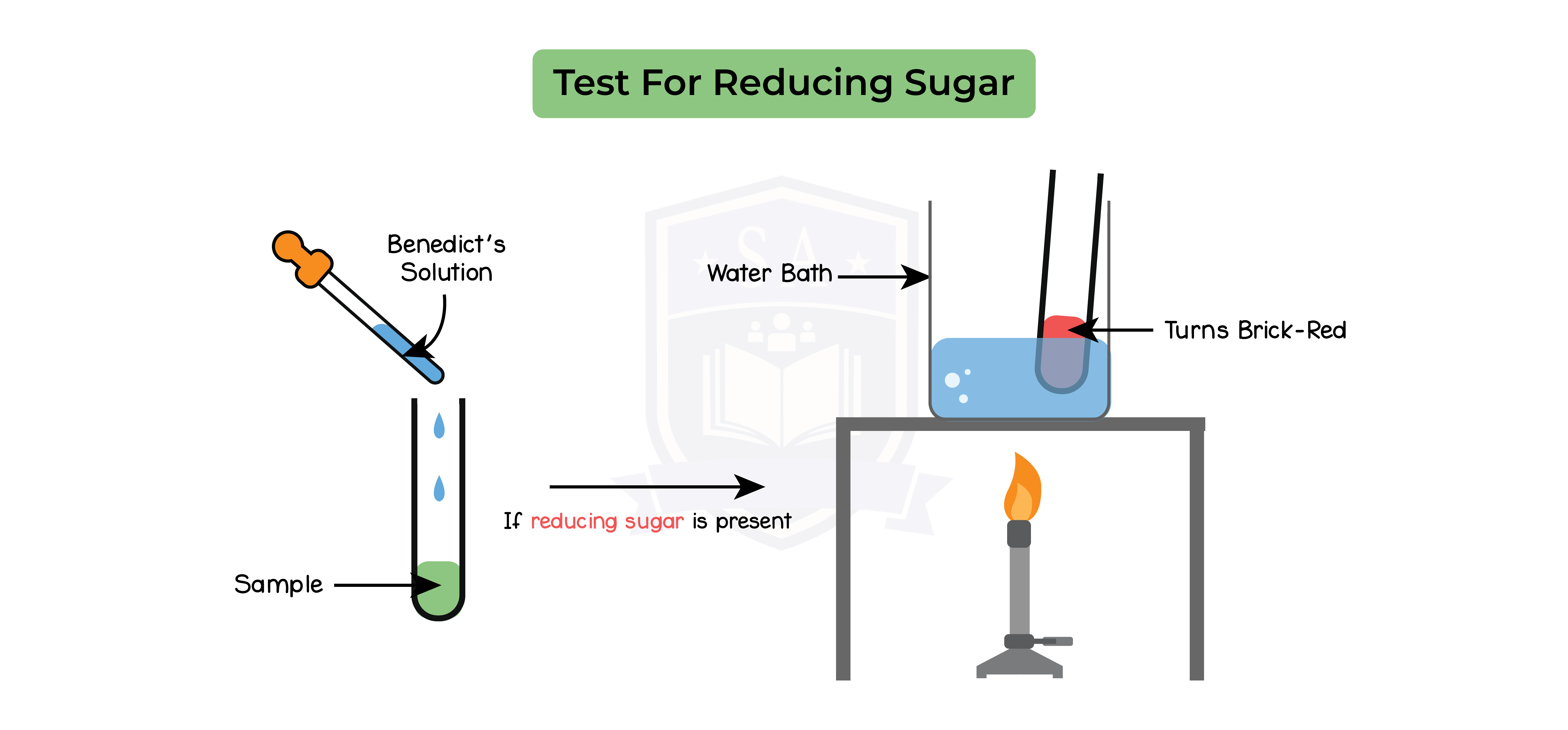
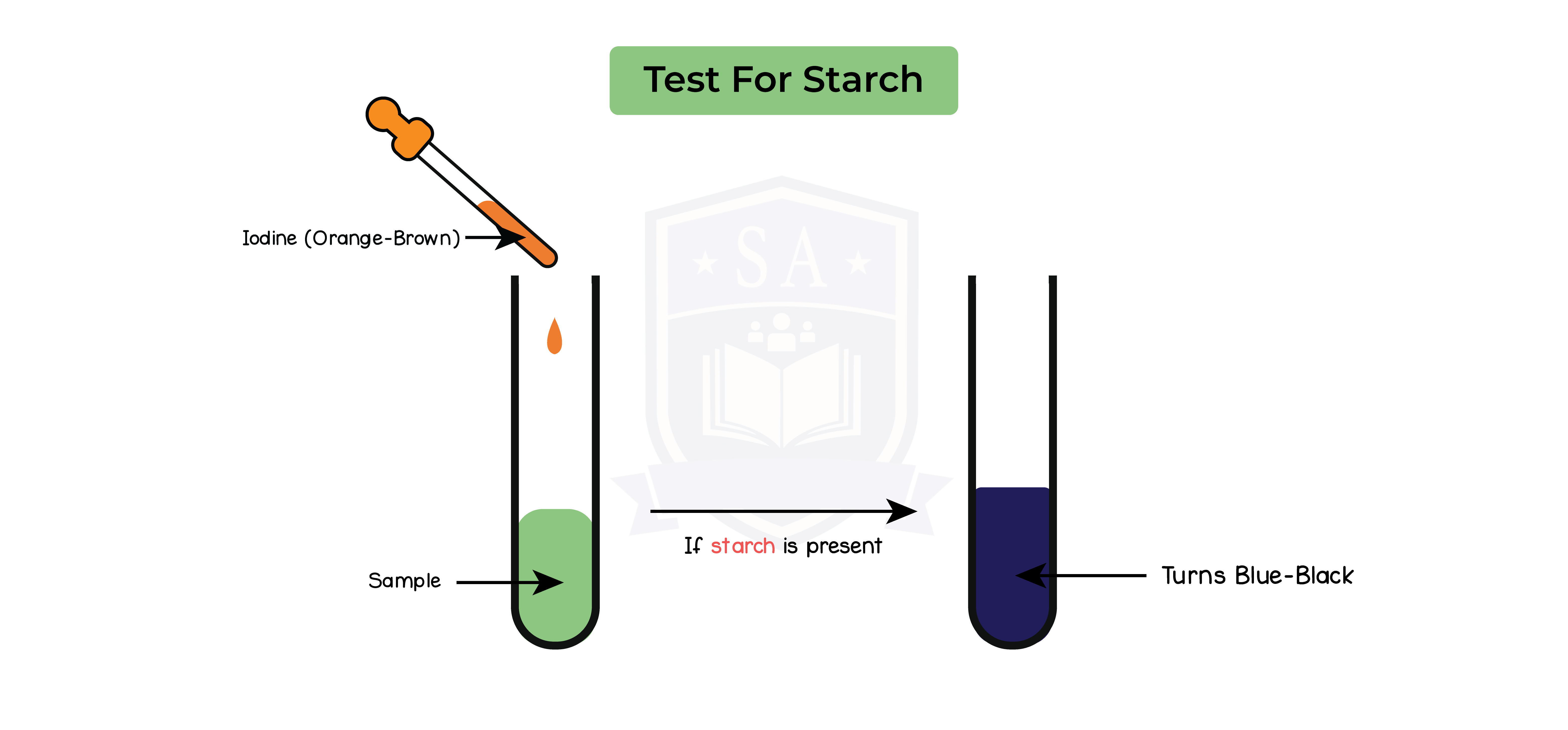
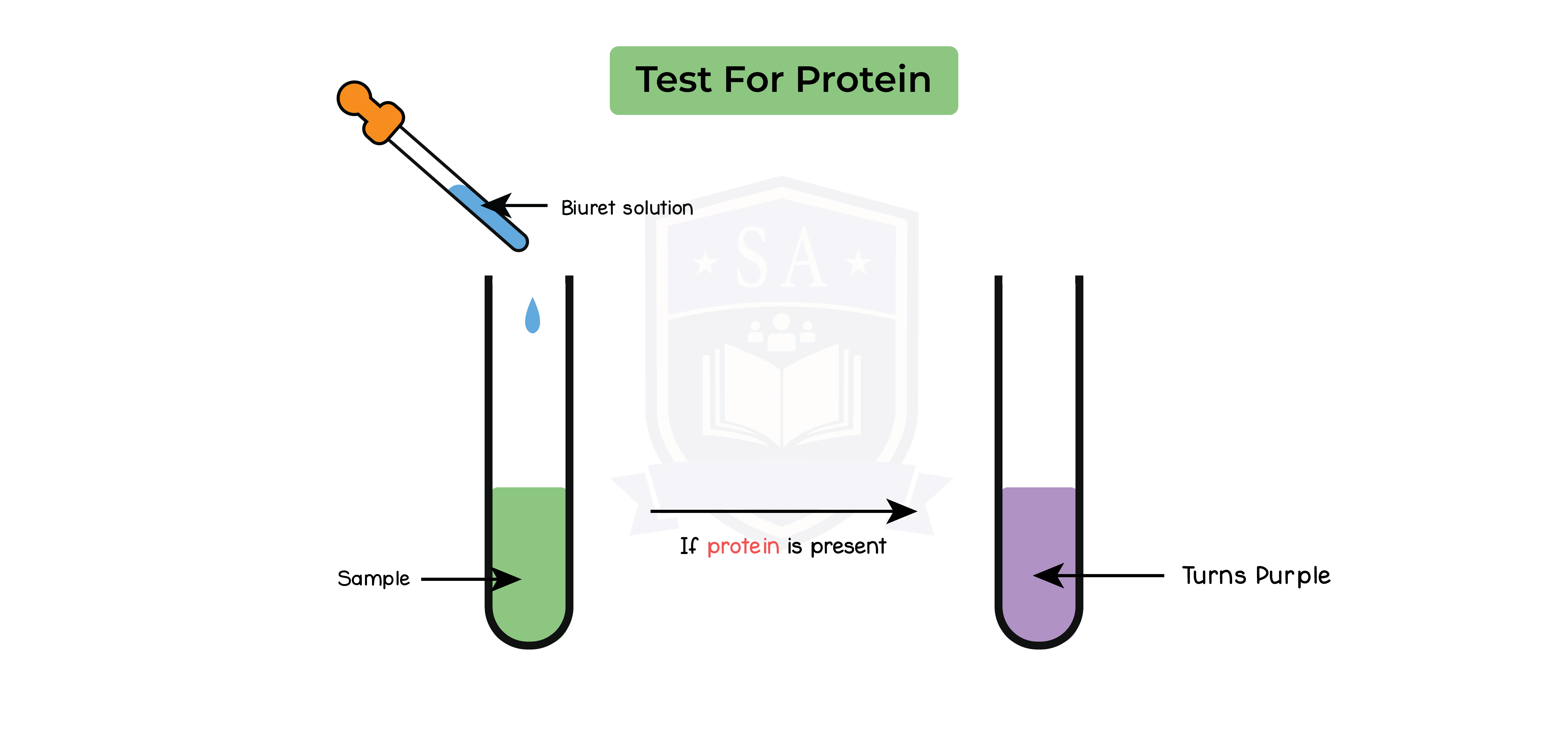
2.3.4 Understand the role of enzymes as biological catalysts in metabolic reactions
Enzymes:
Enzymatic reactions:
Order of enzymatic reactions:
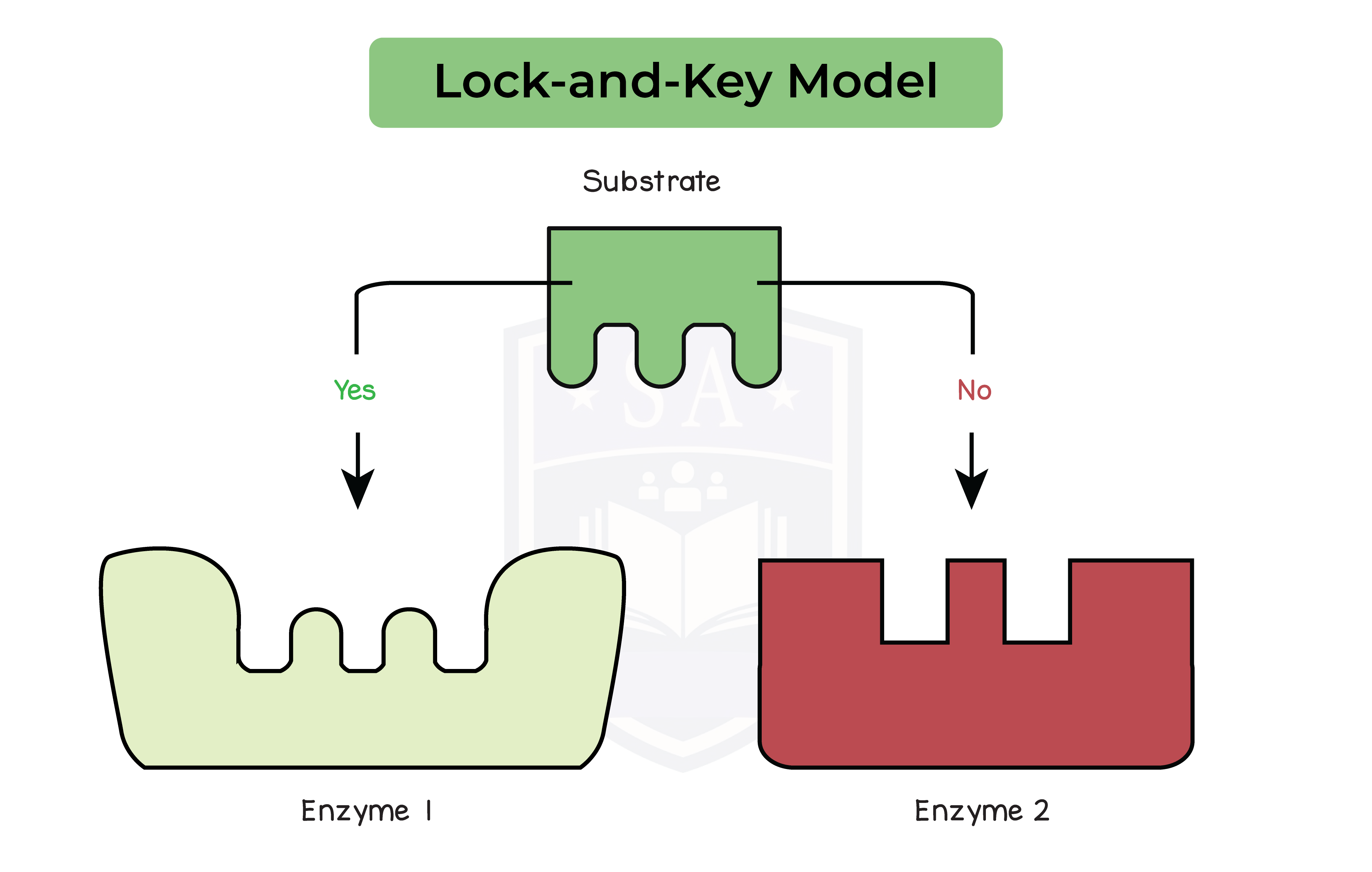
2.3.5 Understand how temperature changes can affect enzyme function, including changes to the shape of active site
Effect of temperature on enzymatic reactions:
Enzymes at temperatures above optimum:
Enzymes at temperatures below optimum:
Increase in collision with substrates which increases rate of reaction
Irreversible effect
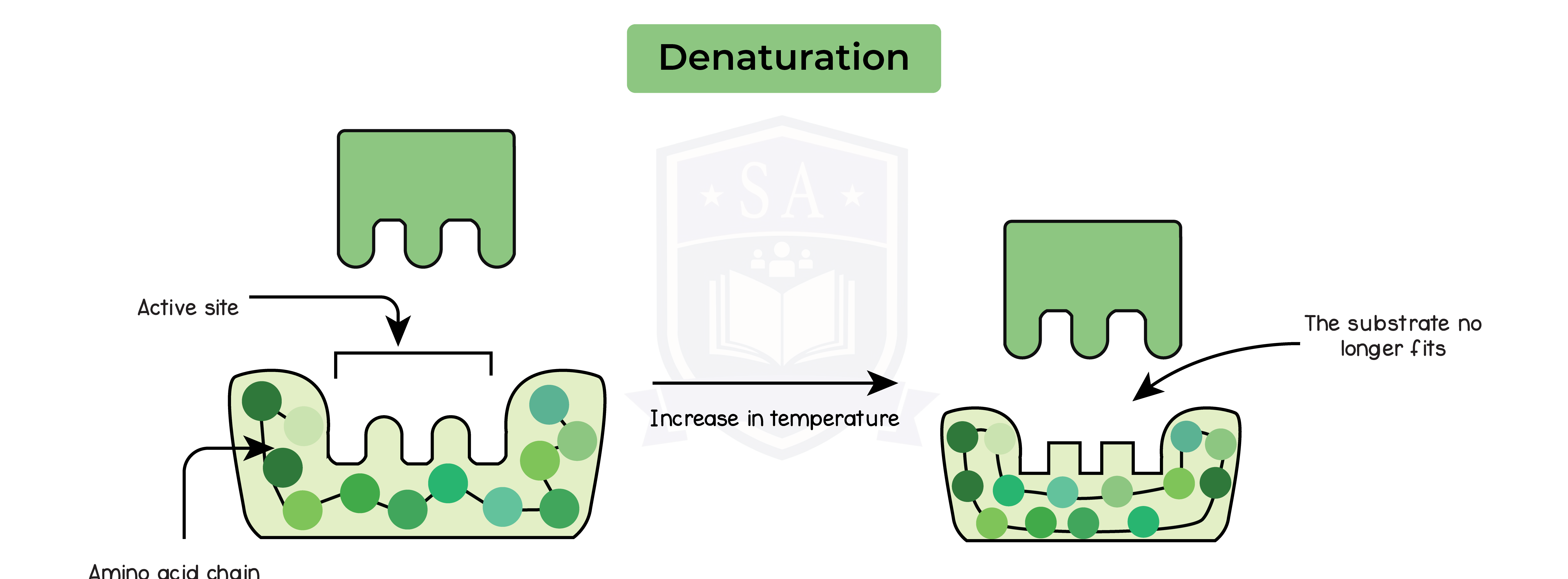
2.3.6 Practical: investigate how enzyme activity can be affected by changes in temperature
1. Starch is digested into maltose by an enzyme called amylase
Method:
Results:
Control Variables:
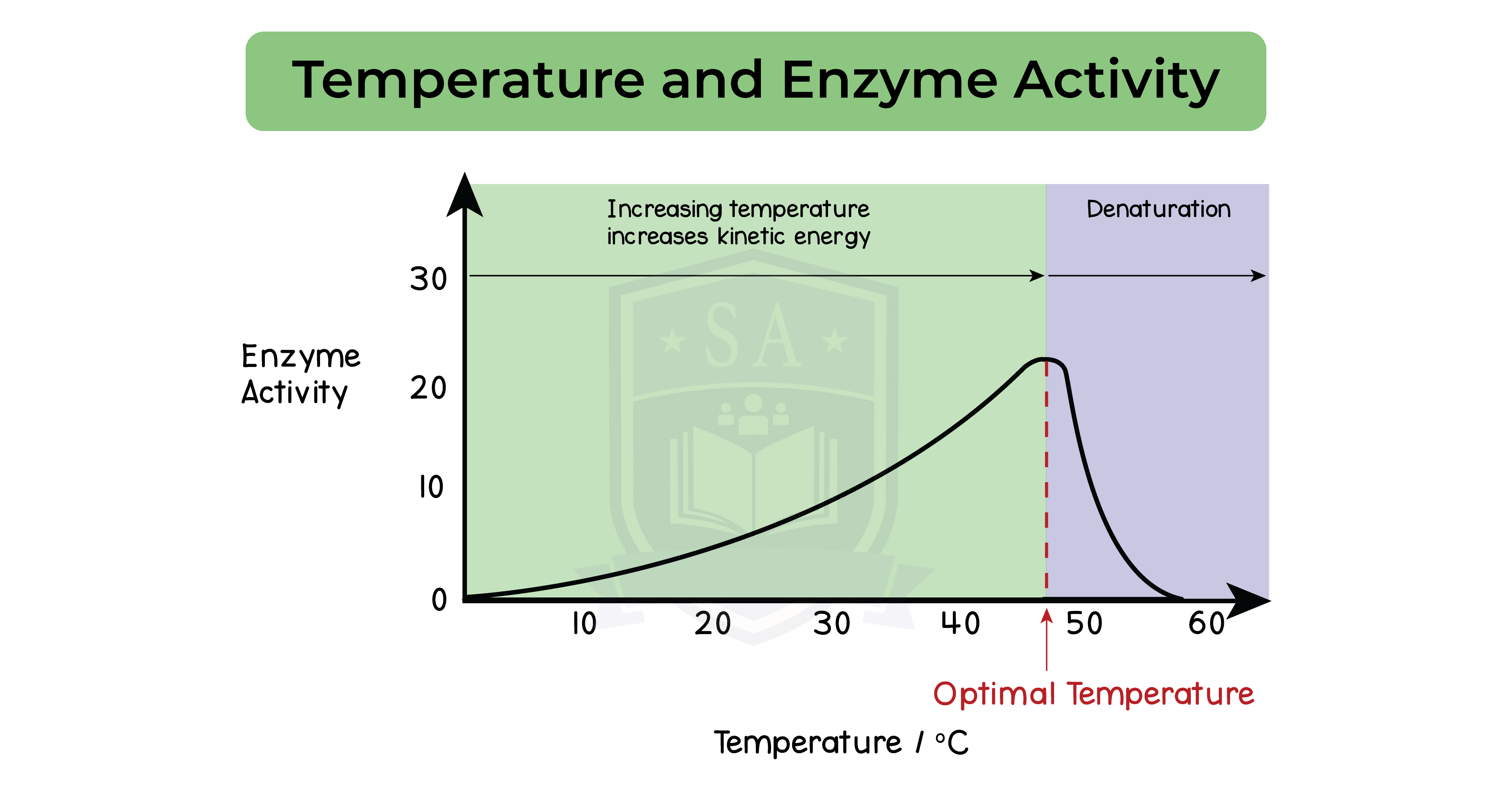
2.3.7 Understand how enzyme function can be affected by changes in pH altering the active
site
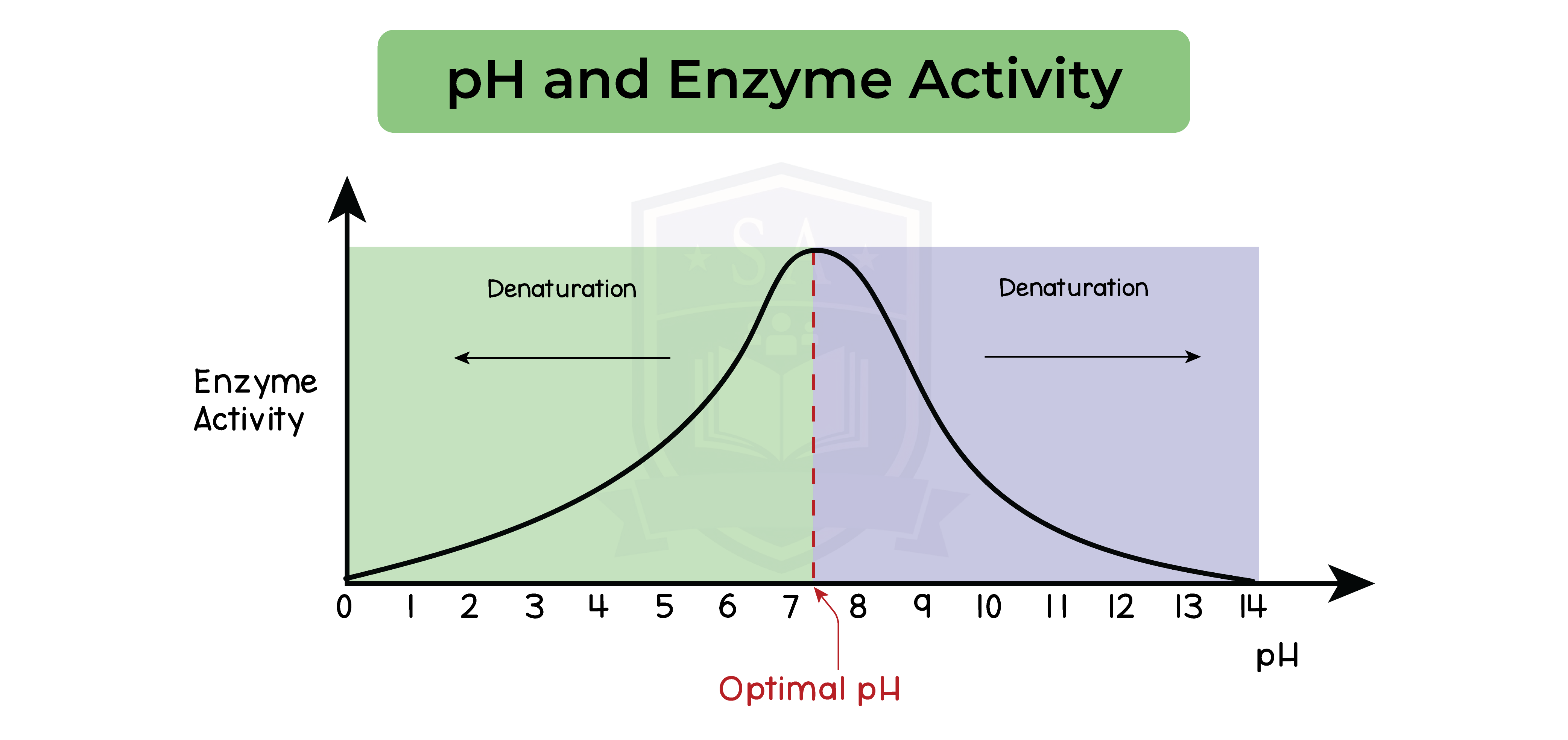
2.3.8B Practical: investigate how enzyme activity can be affected by changes in pH
Method:
Results:
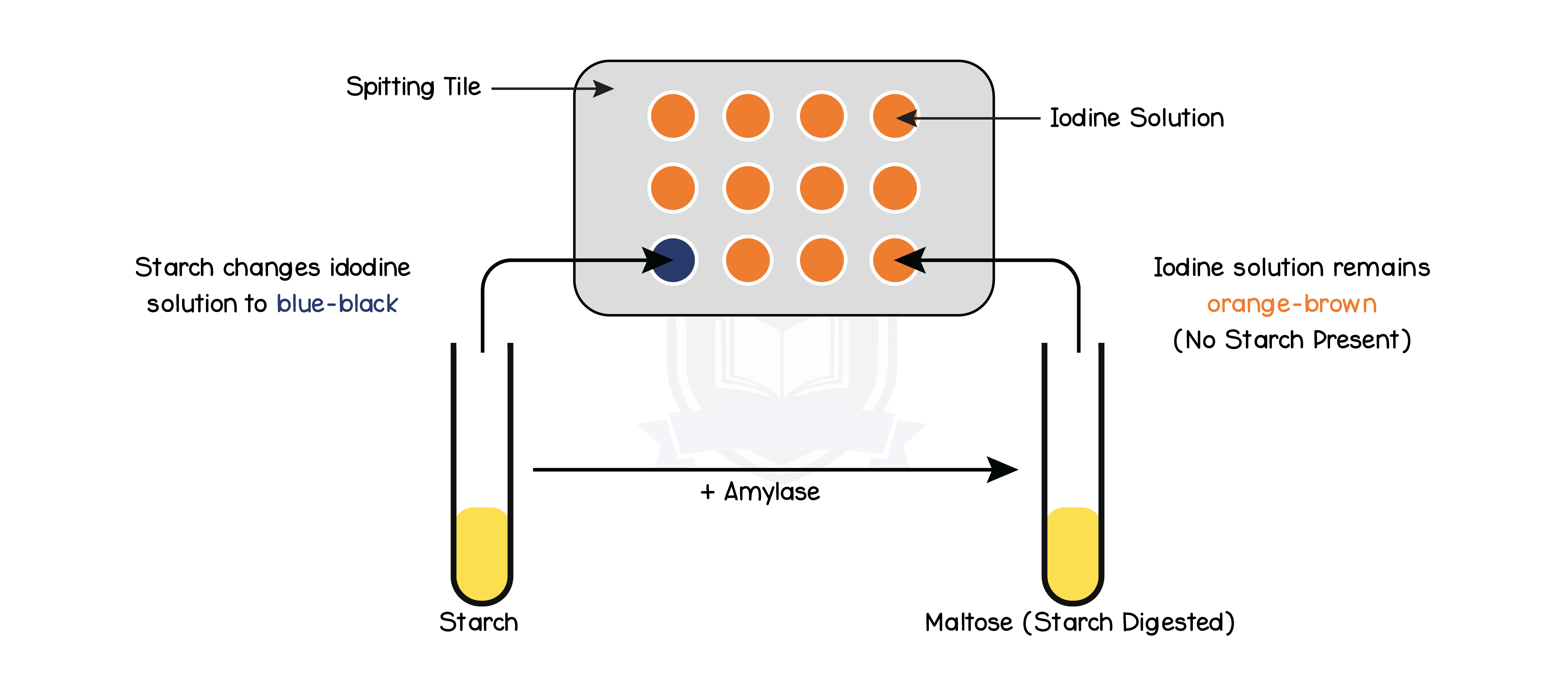
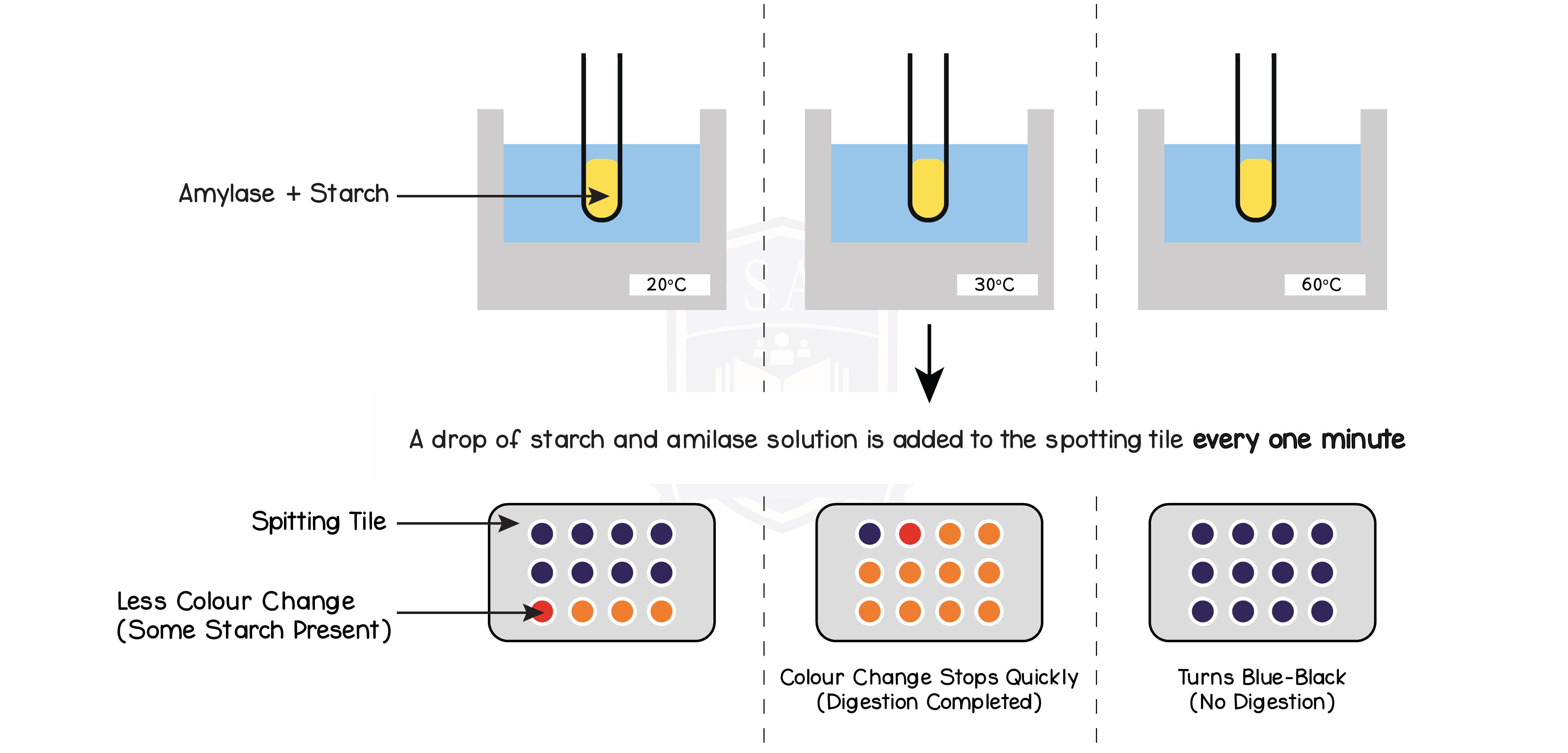

© 2025 Studia Academy. All rights reserved.